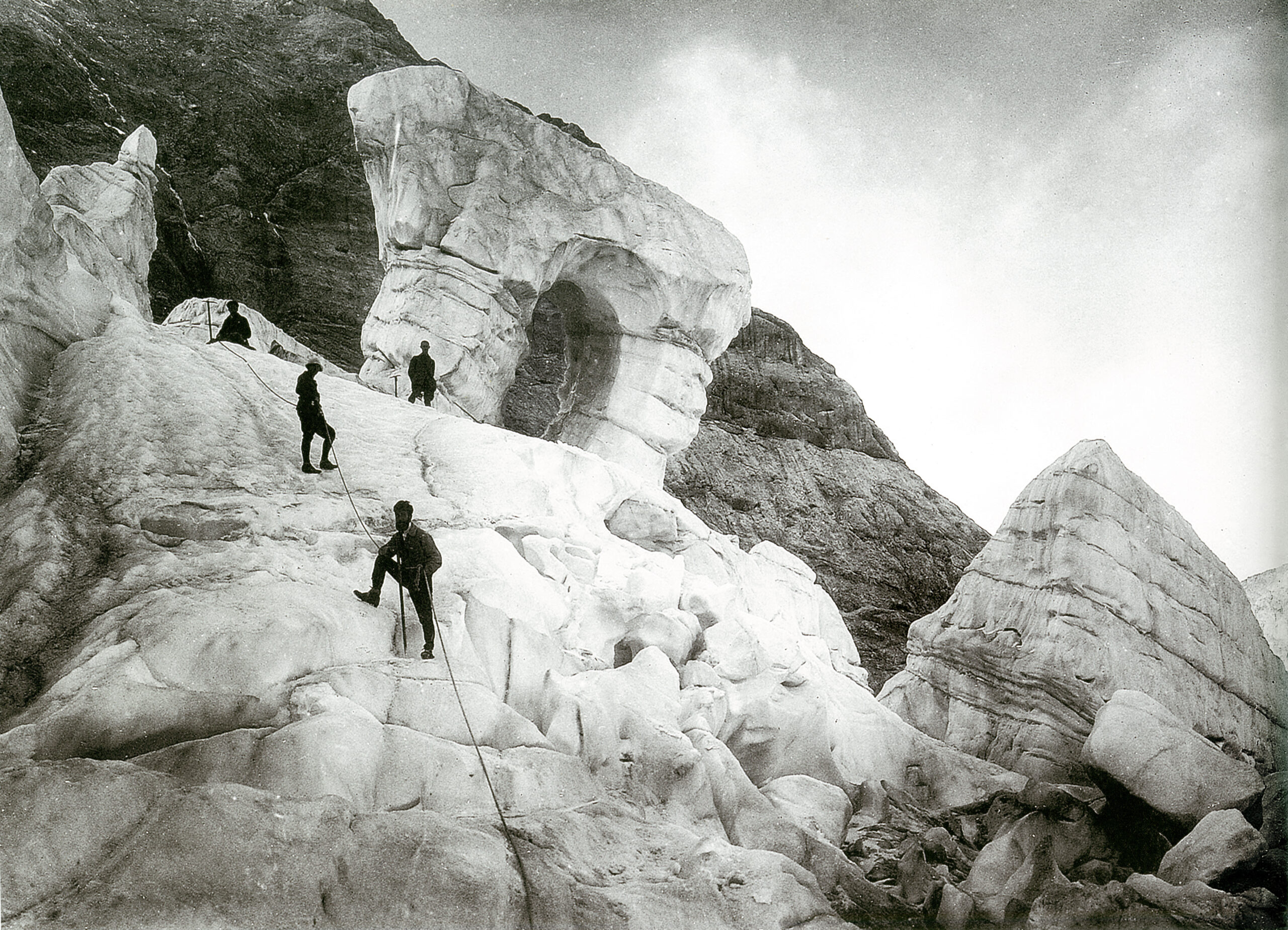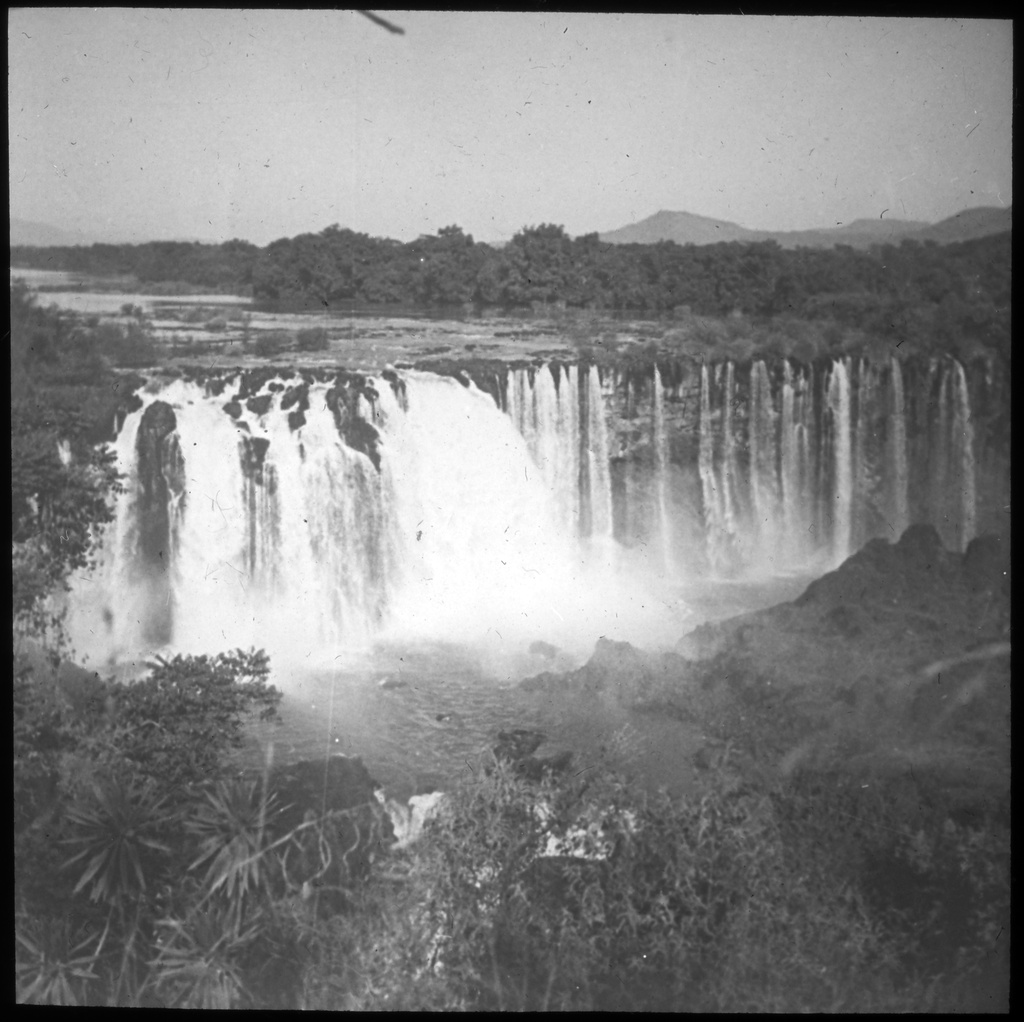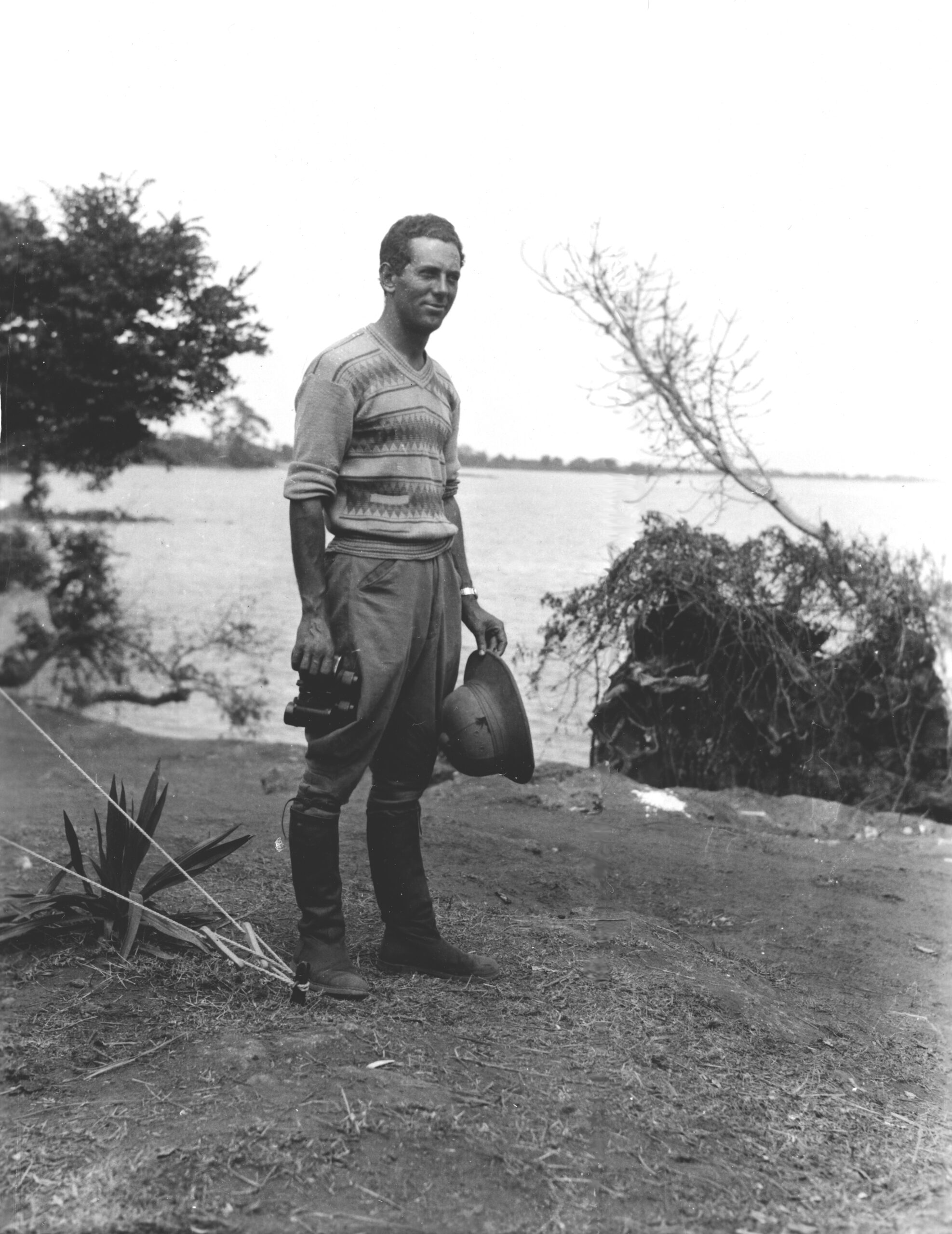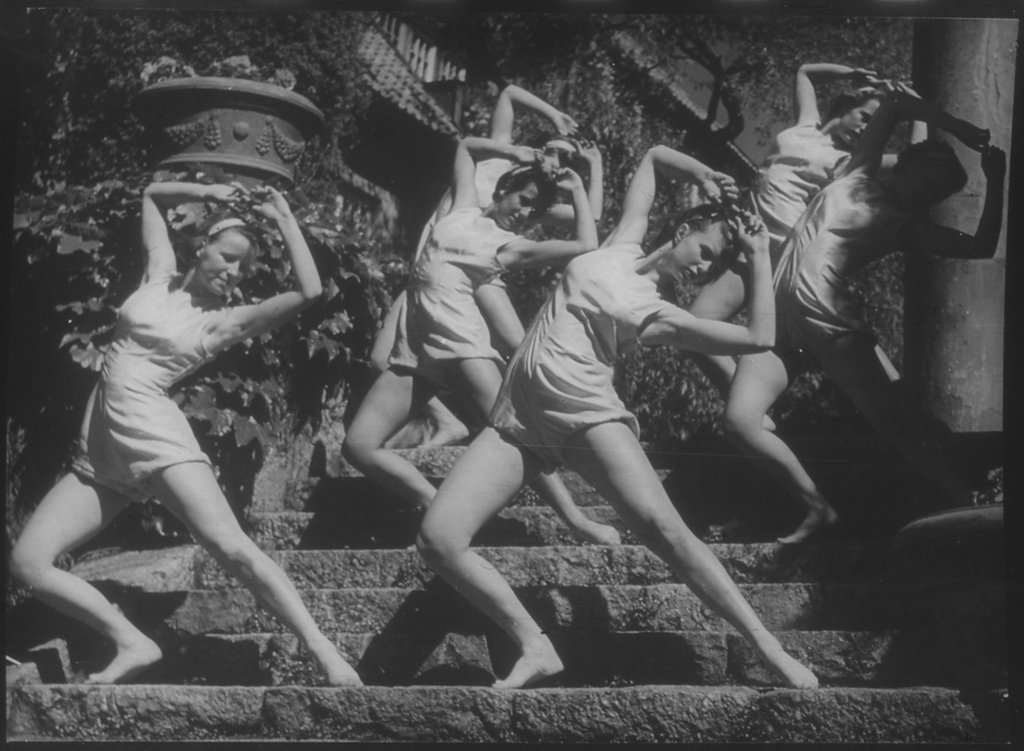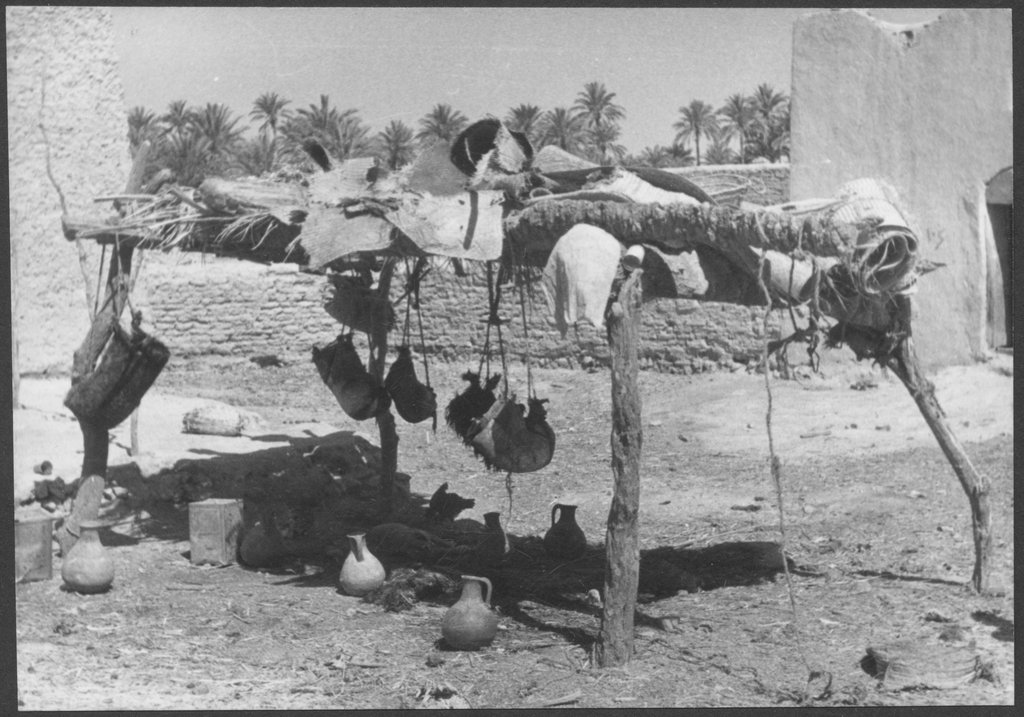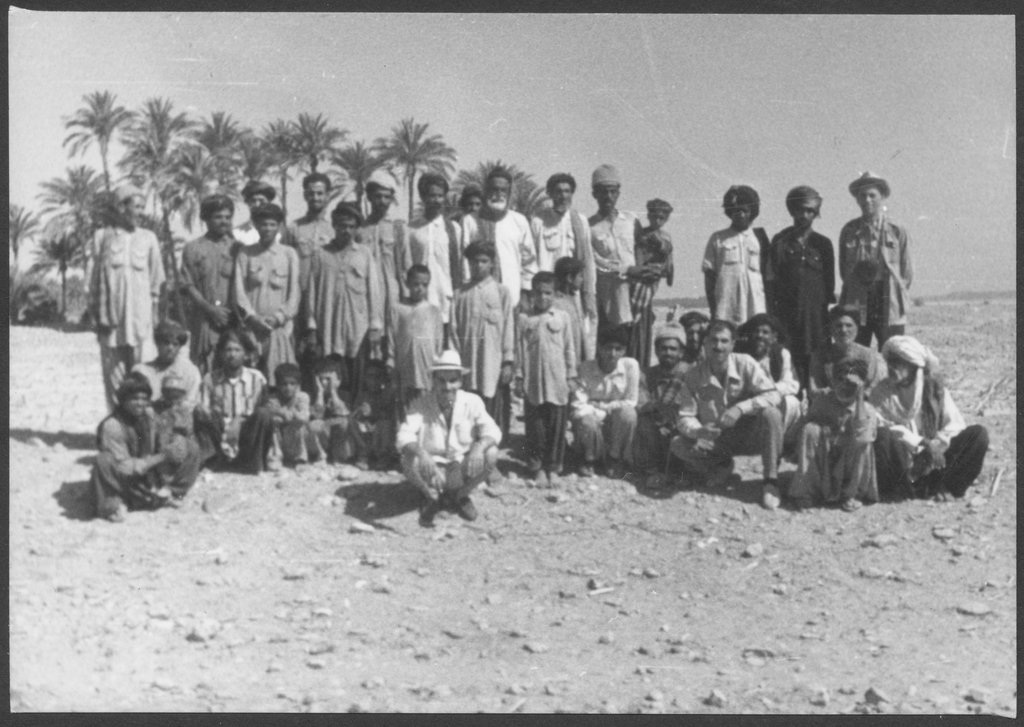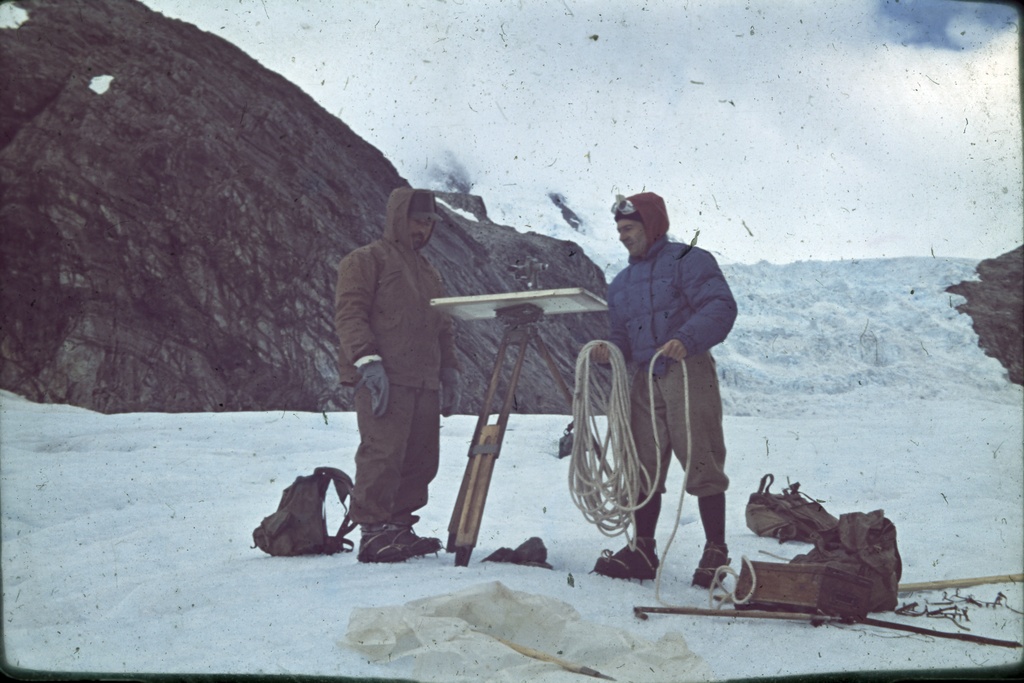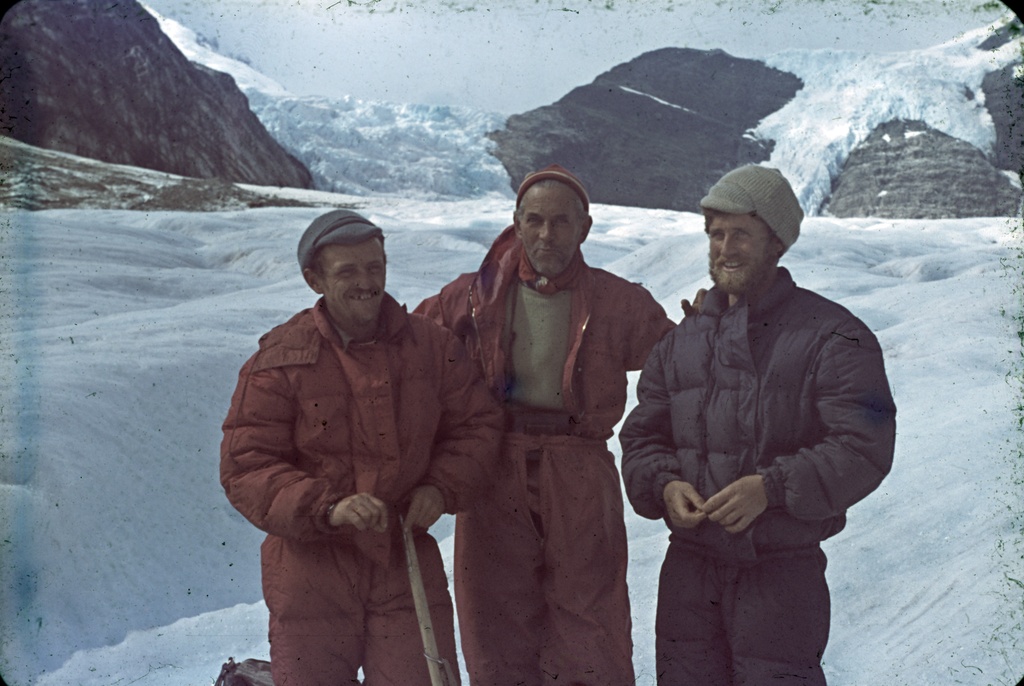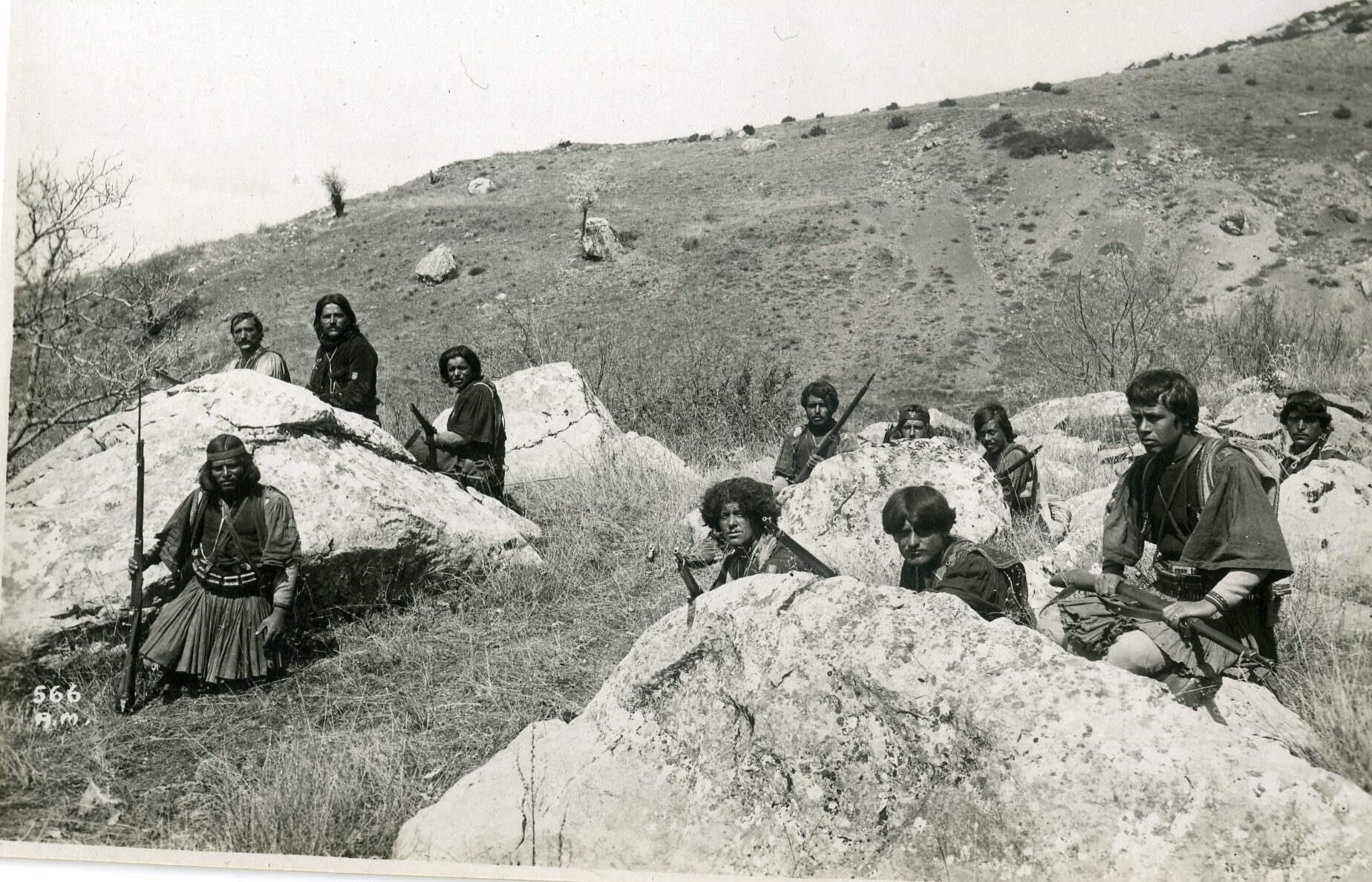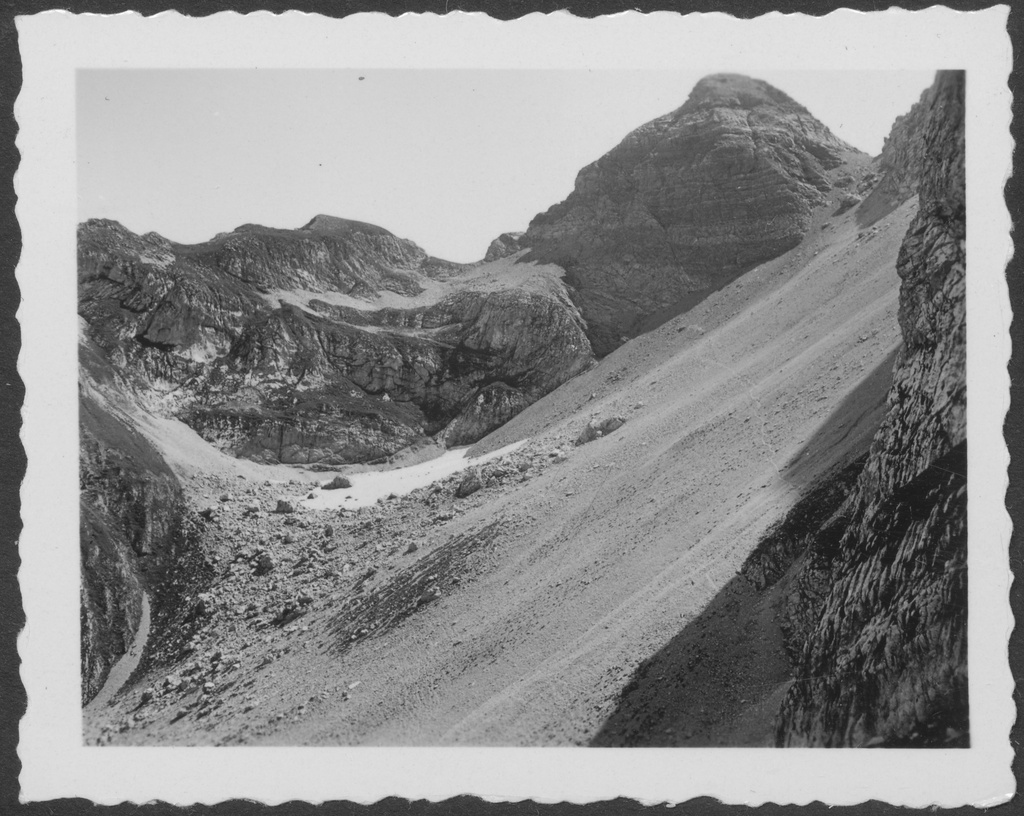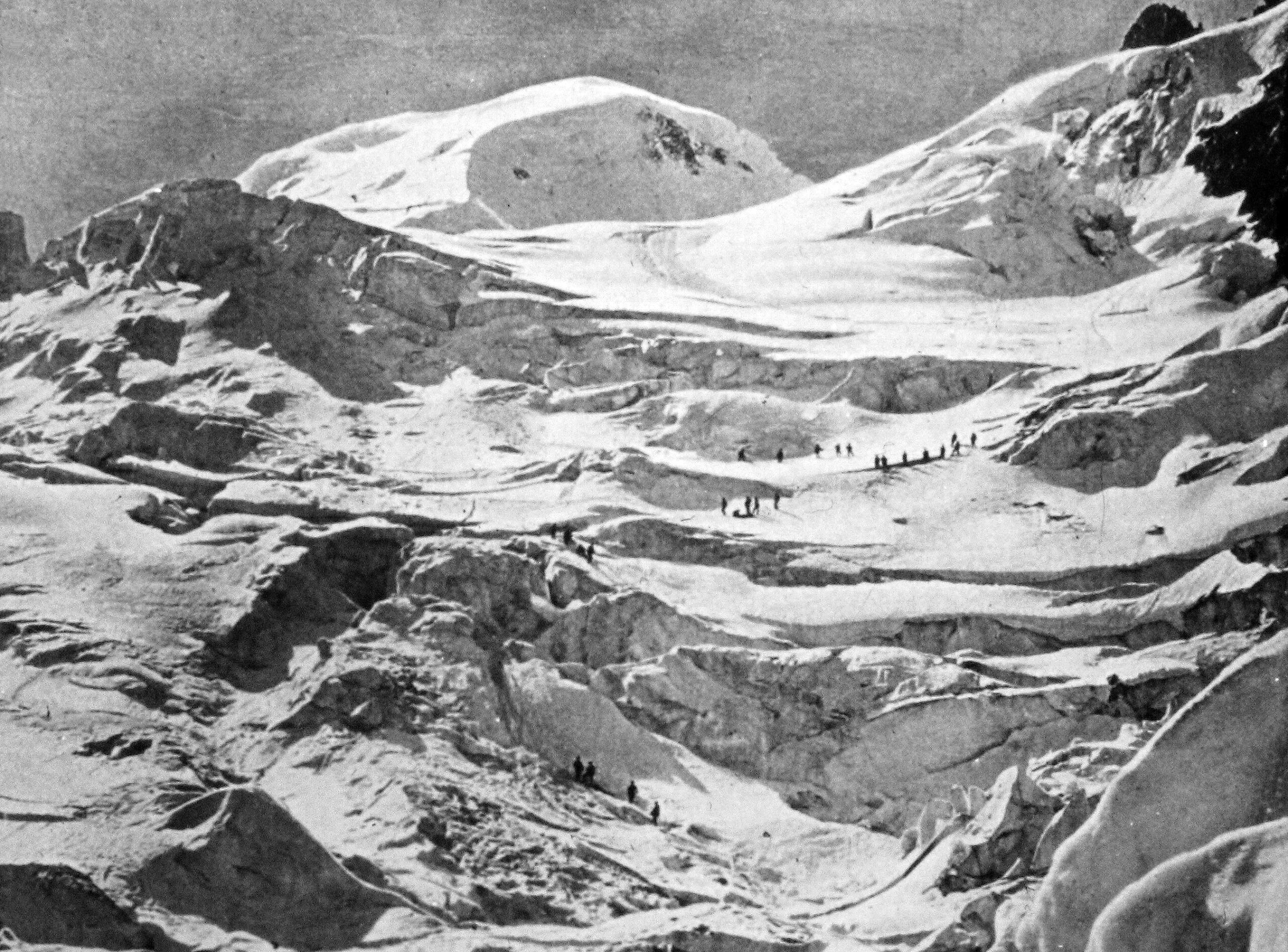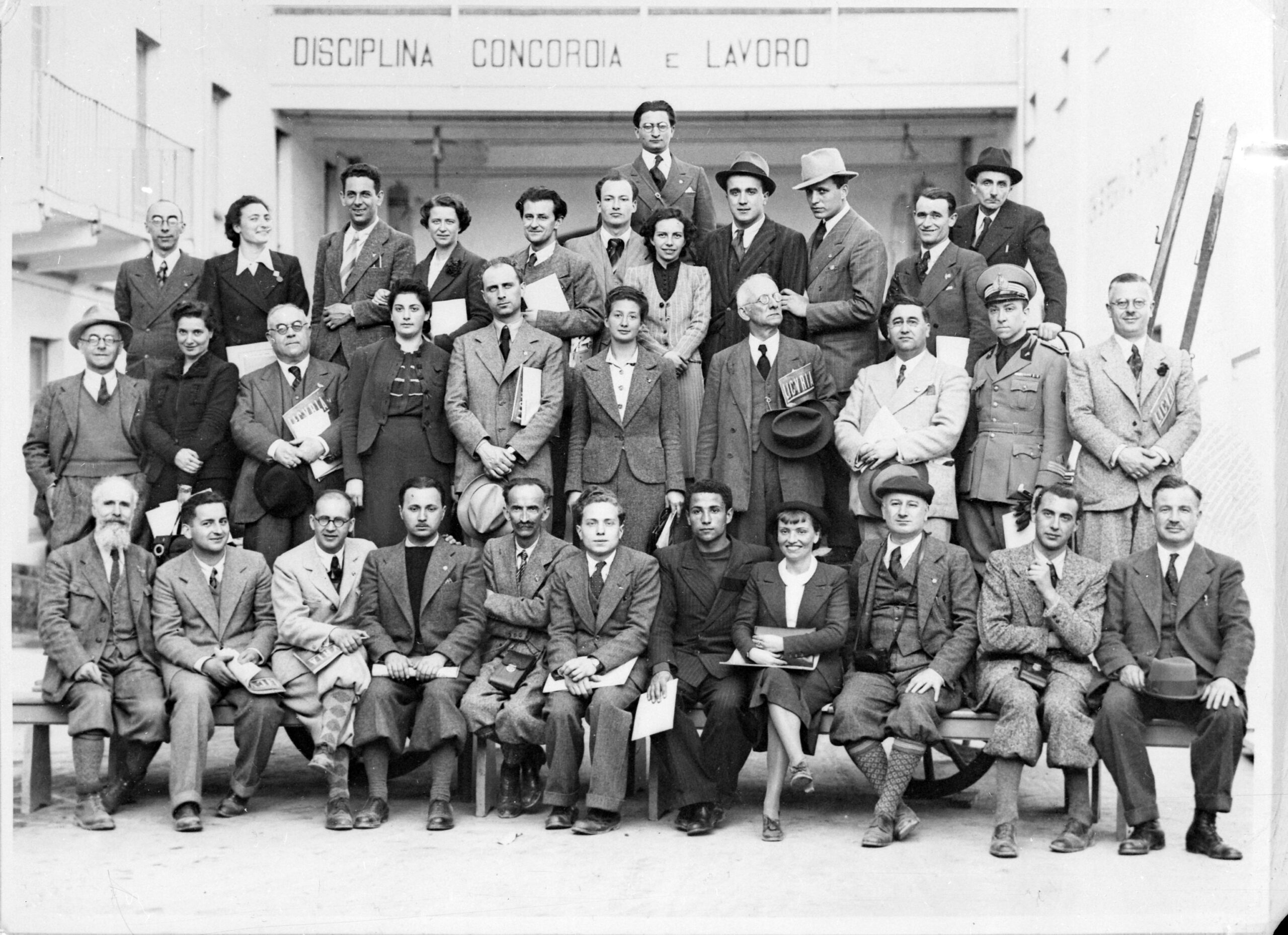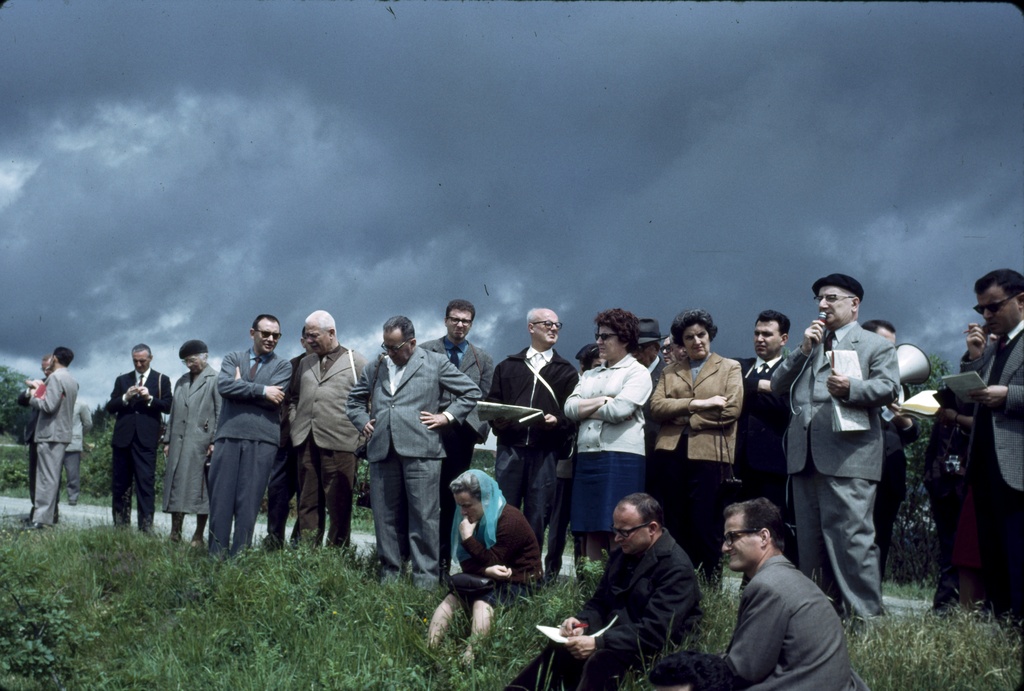Photographs
The world through the lens: the photographic collection of the Museum of Geography
The Museum of Geography preserves over 20,000 photographs, a very precious heritage of images that embraces a wide range of areas, themes, and historical periods.
Among the oldest, dating back to the beginning of the 20th century, the didactic intent prevails, we preserve 174 glass plates to be projected in class on both physical and anthropic themes, purchased from publishers Theodor Benzinger of Stuttgart and Institut Pestalozzi of Paris. Others were skilfully made by the teachers themselves, who with dedication and patience often associated the image of a locality with its topographic map, in a single plate.
The photographs produced by research activities are of particular interest because they show the specificity of the geographer’s gaze in front of reality, but also its transformation. The first come from the private archives of professors, such as the 10 photographs of the Asiago Plateau by Luigi De Marchi, taken around 1911 during a professional outing that also turned into a family occasion, in an intertwining between concessions to intimacy and curious documentary rigor, but not unusual in the images produced by geographers of the time. The same, in fact, we sometimes find also in the photographs left to us by Bruno Castiglioni, a consistent nucleus referring to the Alpine and pre-Alpine area of the Triveneto Region dating back to the 20s of the twentieth century, whose originals remain the property of the heirs but of which the museum manages the digital versions.
As we proceed in time, the photographs are increasingly linked to research conducted by professors, both in Italy, particularly in the Alps and along the coasts, and abroad: particularly important and suggestive are those taken in the 1950s by Giuseppe.
Morandini in Tierra del Fuego or in Iranian Baluchistan, here together with Giovanni Battista Castiglioni. Of special interest is then the series linked to the Inter-University Didactic Excursions, which manage to document with sensitivity an Italian landscape in profound transformation, as well as a national geographical community that grows in number and self-awareness year after year.
Finally, the museum’s heritage is also being enriched on the front of photographic documents: particularly important are the over 6,000 digital photographs from the Eugenio Turri Archive, which allow reflection on the rich biodiversity expressed by Mediterranean landscapes and the importance of its protection.
Explore the world through the images of the Museum of Geography!

